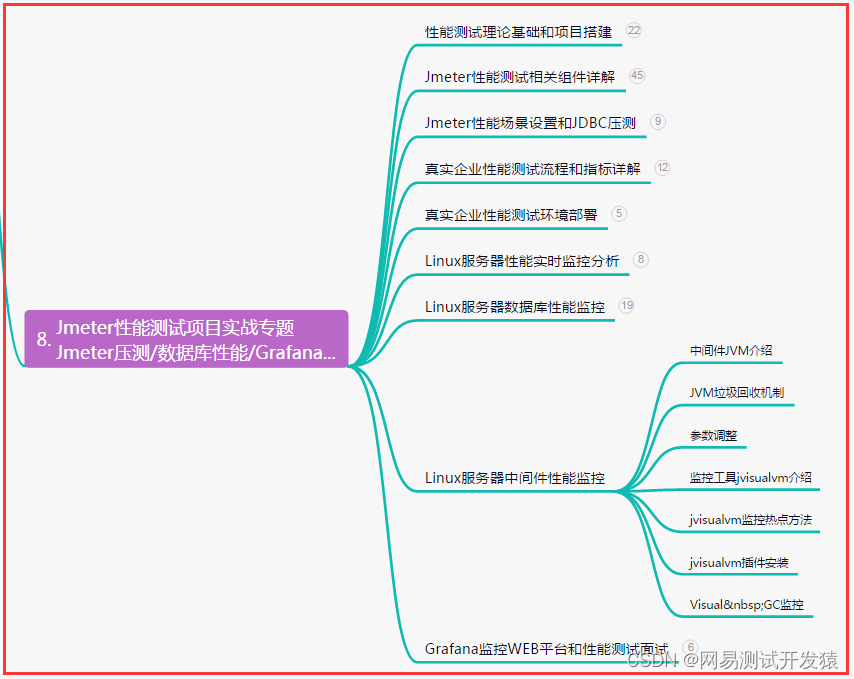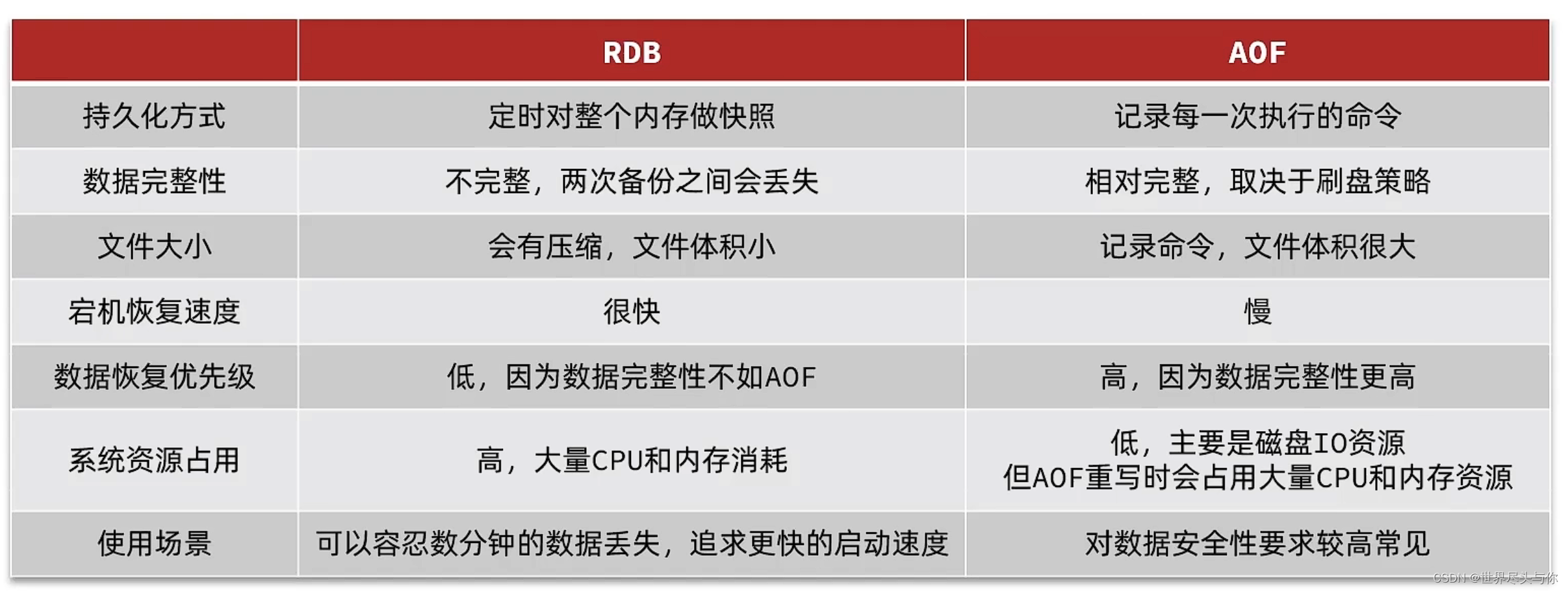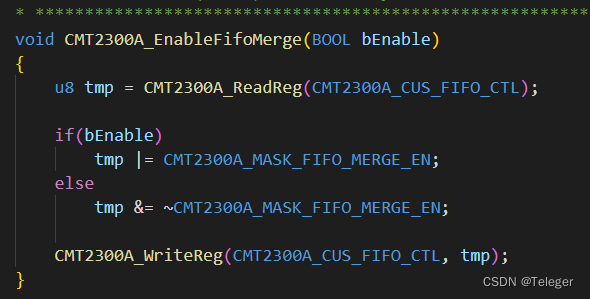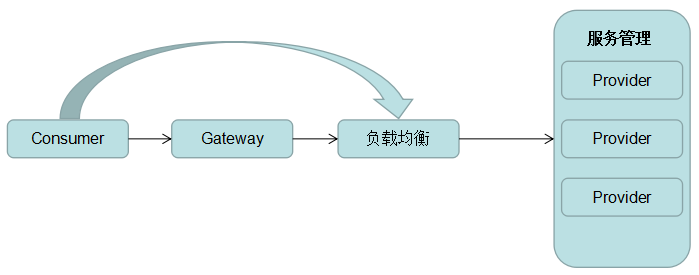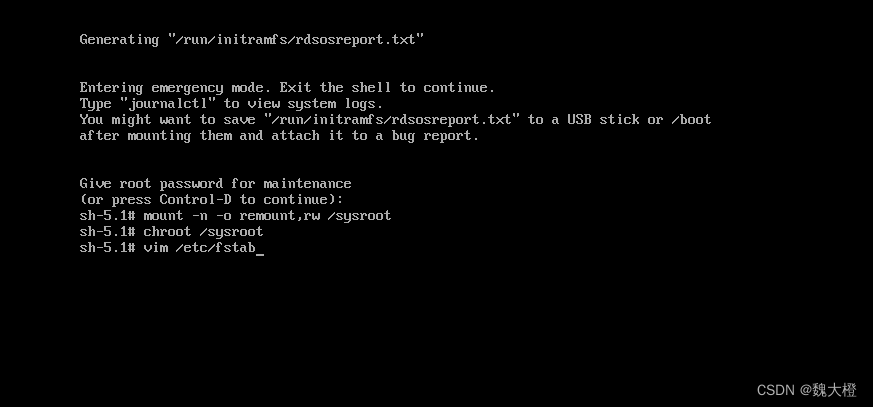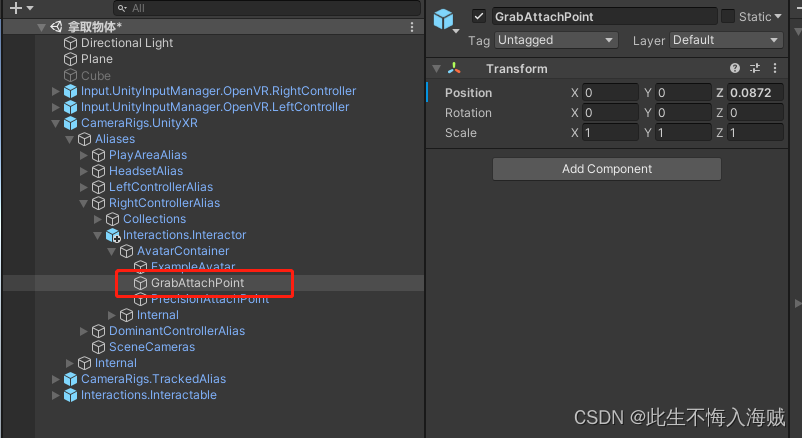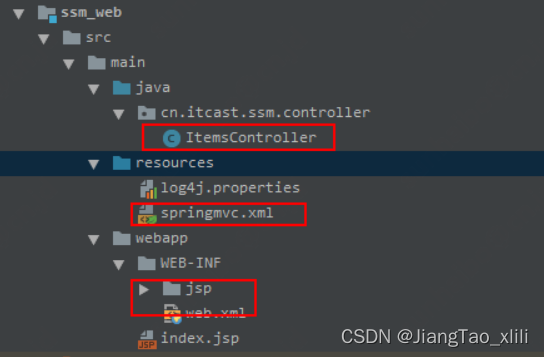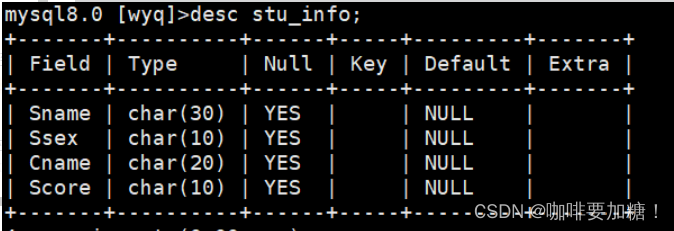文章目录
- 1、二叉搜索树
- 1.1 构建二叉搜索树
- 1.2 二叉搜索树的插入
- 1.3 二叉搜索树的删除
- 1.4 二叉搜索树插入和删除的递归实现
为了学习map和set的底层实现,需要知道红黑树,知道红黑树之前需要知道AVL树。
红黑树和AVL树都用到了二叉搜索树结构,所以先谈谈二叉搜索树。
1、二叉搜索树
二叉搜索树(Binary Search Tree)也称二叉排序树,它最重要的是能给数据排序以及去重。
其性质:
- 若左子树不为空,左子树的键值都小于根以及右子树。
- 若右子树不为空,右子树的键值都大于根以及左子树。
- 二叉搜索树的子树都是二叉搜索树。
二叉搜索树顾名思义,根据其特性可以很方便让我们搜索一个值。
二叉树的中序遍历就是一个排序。
二叉搜索树的结点没有相同的值。
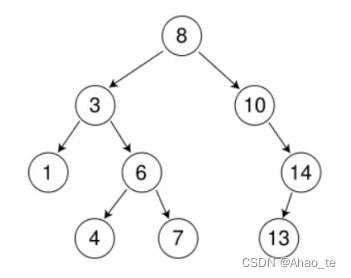
值得注意的是:
- 二叉搜索树没有要求严格平衡,所以查找一个值的时间复杂度最坏可能是O(N)(成为单枝树,就是一个链表。)
- 二叉搜索树不支持值修改,因为会打乱树的结构。
1.1 构建二叉搜索树
在二叉树的模型中,有K模型和KV模型,就是一个结点一个值和一个结点一个键值对两个模型。
一个值的很简单,而KV模型就是一个结点存放一个key和一个value。
下面实现的是KV模型的基本框架
#include <iostream>
#include <assert.h>
#include <string>
using namespace std;
template<class K, class V>
struct BSTreeNode
{
//设置成三叉链的结构,让子树能方便访问根结点
struct BSTreeNode<K, V>* _left;
struct BSTreeNode<K, V>* _right;
struct BSTreeNode<K, V>* _parent;
K _key;
V _value;
//构造
BSTreeNode(const K& key, const V& value)
:_left(nullptr)
, _right(nullptr)
, _parent(nullptr)
, _key(key)
, _value(value)
{}
};
template<class K, class V>
class BSTree
{
typedef BSTreeNode<K, V> Node;
public:
private:
Node* _root = nullptr;
};
1.2 二叉搜索树的插入
二叉树插入很简单。
1、如果树是空,直接创建结点返回。
2、树不为空,根据搜索树的特性通过值的大小确定应该放在左还是右子树,如果到达空结点,那么就到达该放的位置。
3、确认好放的位置,因为需要链接,所以需要有一个parent能指向上一个结点。通过上一个结点和新结点的大小判断应该链接在哪边。
4、因为设计的是三叉链结构,所以最后还得指向父节点。
bool Insert(const K& key, const V& value)
{
//树为空
if (_root == nullptr)
{
_root = new Node(key, value);
return true;
}
Node* cur = _root;
Node* parent = _root;
//找到新结点应该放的位置
while (cur)
{
if (cur->_key < key)
{
parent = cur;
cur = cur->_right;
}
else if (cur->_key > key)
{
parent = cur;
cur = cur->_left;
}
else
{
//如果值相同直接返回
return false;
}
}
//确认好位置后,父子结点互相链接
cur = new Node(key, value);
if (parent->_key < cur->_key)
{
parent->_right = cur;
cur->_parent = parent;
}
else
{
parent->_left = cur;
cur->_parent = parent;
}
return true;
}
1.3 二叉搜索树的删除
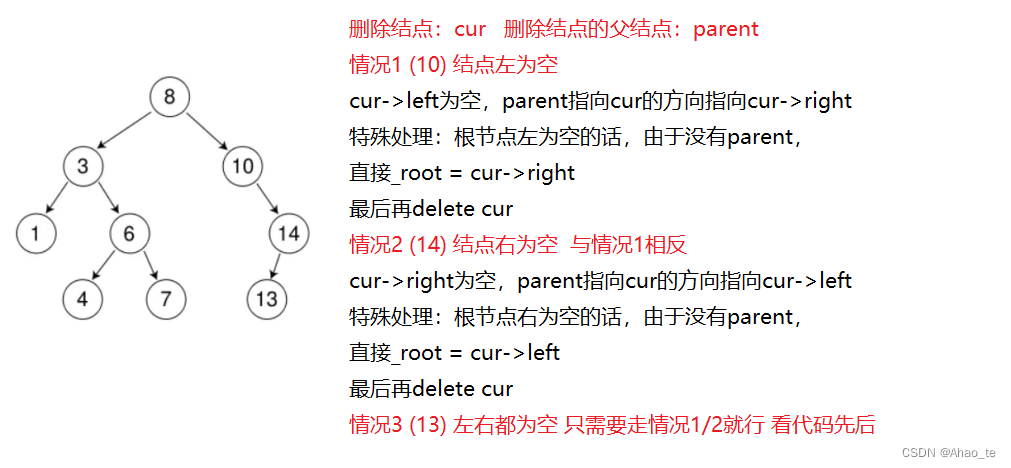

bool Erase(const K& key)
{
//空树返回
if (_root == nullptr)
{
return false;
}
Node* cur = _root;
Node* parent = _root;
while (cur)
{
if (cur->_key < key)
{
parent = cur;
cur = cur->_right;
}
else if (cur->_key > key)
{
parent = cur;
cur = cur->_left;
}
else
{
//先找到需要删的结点
//删的结点左为空
if (cur->_left == nullptr)
{
//删的结点为根节点情况
if (parent == cur)
{
_root = cur->_right;
}
else
{
//需要确定父节点哪边指向cur
if (parent->_right == cur)
{
parent->_right = cur->_right;
}
else
{
parent->_left = cur->_right;
}
}
delete cur;
}
else if (cur->_right == nullptr)
{
//删的结点右为空
//删的结点为根节点情况
if (parent == cur)
{
_root = cur->_left;
}
else
{
if (parent->_right == cur)
{
parent->_right = cur->_left;
}
else
{
parent->_left = cur->_left;
}
}
delete cur;
}
else
{
//左右都不为空,替换右子树最小的
Node* minRight = cur->_right;
while (minRight->_left)
{
minRight = minRight->_left;
}
cur->_key = minRight->_key;
cur->_value = minRight->_value;
parent = minRight->_parent;
//需要确定父节点哪边指向minRight
if (parent->_right == minRight)
{
parent->_right = minRight->_right;
}
else
{
parent->_left = minRight->_right;
}
//因为值交换了,所以删除右子树最小结点
delete minRight;
} //else
return true;
} //else
} // while
return false;
} //Erase
1.4 二叉搜索树插入和删除的递归实现
有一点必须明确的是,非递归一定是比递归要好的,这里实现递归只是练习,增强代码能力。
首先是InOrder()方法的实现,当调用的方法是不含参数的,实现又需要有参数的,就可以再嵌套一层,并且_InOrder(Node* root)不想提供给类外调用,就可以放在私有域。
...
template<class K, class V>
class BSTree
{
typedef BSTreeNode<K, V> Node;
public:
bool Insert(const K& key, const V& value){}
bool Erase(const K& key){}
void InOrder()
{
_InOrder(_root);
}
private:
void _InOrder(Node* root)
{
if (root == nullptr)
{
return;
}
_InOrder(root->_left);
cout << root->_key << ":" << root->_value << endl;
_InOrder(root->_right);
}
Node* _root = nullptr;
};
插入的递归实现
插入递归很简单,值得说的是,通过给root添加引用,能很方便的将新结点链接起来。
...
template<class K, class V>
class BSTree
{
typedef BSTreeNode<K, V> Node;
public:
...
bool Insert(const K& key, const V& value)
{
return _InsertR(_root, key, value);
}
bool Erase(const K& key){}
...
private:
...
bool _InsertR(Node*& root, const K& key, const V& value)
{
if (root == nullptr)
{
//因为需要对root修改,所以在参数部分需要对root添加引用(Node*& root)
root = new Node(key, value);
return true;
}
if (root->_key < key)
{
_InsertR(root->_right, key, value);
}
else if (root->_key > key)
{
_InsertR(root->_left, key, value);
}
else
{
return false;
}
}
Node* _root = nullptr;
};
删除的递归实现
删除的思路整体上和非递归差不多,不同的是。
1、因为删除需要改变树的结构,肯定是要改变每次递归的根节点的,所以需要传引用。
2、删除的思路是和右子树最小结点值交换后,删除最小结点。需要往右找到最小结点。
...
template<class K, class V>
class BSTree
{
typedef BSTreeNode<K, V> Node;
public:
bool Erase(const K& key)
{
_EraseR(_root, key);
}
private:
...
bool _EraseR(Node*& root, const K& key)
{
if (root == nullptr)
{
return false;
}
if (root->_key < key)
{
return _EraseR(root->_right, key);
}
else if(root->_key > key)
{
return _EraseR(root->_left, key);
}
else
{
//找到删除的结点
Node* del = root;
if (root->_left == nullptr)
{
//左边为空
//因为要改变树的结构,改变root,所以root得加&
//引用加完后,改变root也代表着改变父结点的指向
//所以就是父节点指向root的指向变成指向root的右子树
root = root->_right;
}
else if (root->_right == nullptr)
{
//右边为空
root = root->_left;
}
else
{
Node* minRight = root->_right;
while (minRight->_left)
{
minRight = minRight->_left;
}
swap(root->_key, minRight->_key);
// 转换成子树中去删除节点
// 因为和最小节点的值交换后,原本root的值成了最小值
// 再凭借key去查找最小值的结点删
// 最小节点左边一定为空
_EraseR(root->_right, key);
}
delete del;
return true;
} //else
}
Node* _root = nullptr;
};
本章完~

